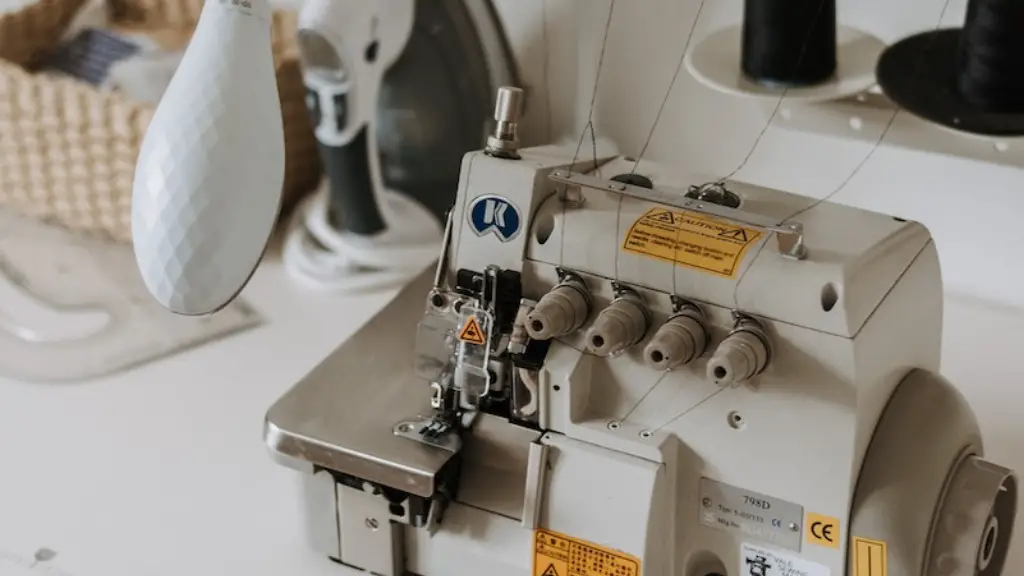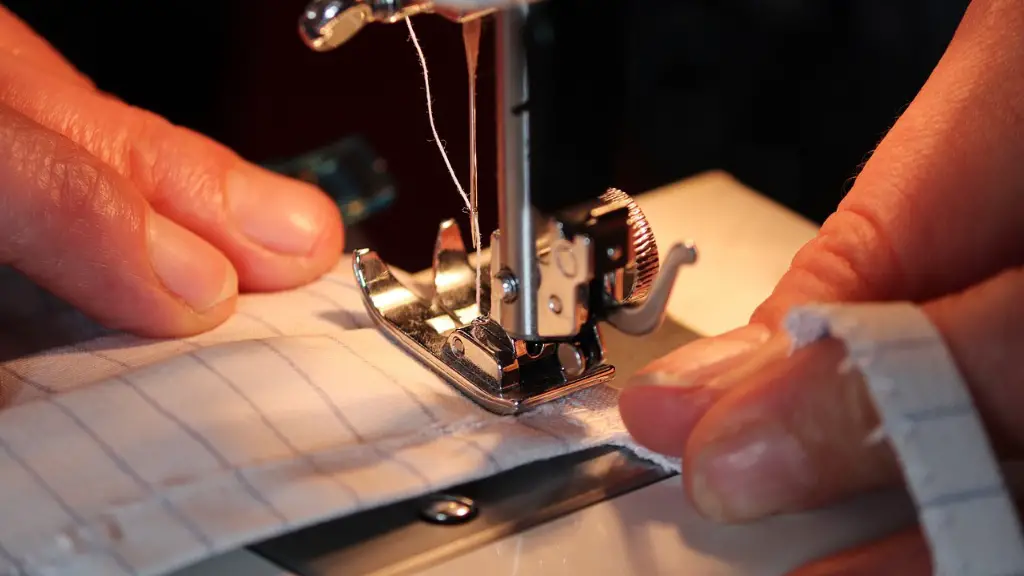Hemming with a sewing machine can be a daunting task for a novice. It involves the manual dexterity of sewing and the knowledge of fabric’s material, texture, and fiber content. But with a few tricks, hemming can become quick and easy. Here’s what you need to know to get the job done using a sewing machine.
Measure and Cut
The first step to hemming using a sewing machine is to measure and then cut the excess fabric. Determine the length of your hem and mark with tailor’s chalk. Use scissors or a rotary cutter to cut off the excess fabric. Make sure that the edges of the fabric are even and the right size.
Press
Once the excess fabric has been cut away, press the hem. pressing the fabric helps to reduce the chances of creating an uneven hem. Press the fabric with an iron, making sure to leave plenty of room between the fabric and the iron. This will help to prevent any damage to the fabric.
Pin
Next, pin the hem in place. Start at one end and work your way to the other end. Make sure the pins are perpendicular to the fabric. This will help ensure that the hem is even and the pins will not slip out.
Choose a Stitch
Now it’s time to choose a stitch to sew the hem. Consult your sewing machine manual for specific instructions on how to select a stitch. Generally, a zig-zag stitch is the best for hemming.
Sew
Once you have selected the stitch, thread your machine with the appropriate thread and start sewing. Sew a few inches of the hem and then stop. Check that the stitch is even and that the fabric is not puckering. If not, adjust the tension and then continue Sew the entire hem.
Finish
Once you have sewn the entire hem, remove the pins. If the edges are fraying, use a serger to finish the edges. If not, you may apply bias tape to strengthen the hem. Finish the seam by pressing the hem with an iron.
Prepare Your Fabrics
The key to successful hemming using a sewing machine is to prepare your fabric before you begin. Check the fabric for any snags, tears or inconsistencies. If necessary, take the time to repair any damage. Iron the fabric to remove any wrinkles or creases. Unfold the fabric so that you can set, press and pin the hem in place.
Use the Right Needle
When hemming using a sewing machine, it is important to choose the right needle. Choose a needle that is designed specifically for the type of fabric you are sewing. For most fabrics, a universal needle is a good choice. But, if you are working with a thicker fabric, use a heavier needle. This will help prevent needle breakage.
Secure Ends
After sewing the hem, secure the ends with a few stitches. This helps prevent the hem from unraveling or coming undone. To secure the ends, backstitch a few times and then tie the thread off. Cut the excess thread, and then turn the fabric to the right side.
Prepare Your Machine
Before you begin to sew the hem, prepare your machine. Make sure that the tension on the machine is set appropriately for the type of fabric you are working with. Change the needle, if necessary. Check the machine’s bobbin and make sure that it is not empty. Test your machine on a scrap piece of fabric to make sure that it is functioning properly.
Choose Thread Color
Choose the thread color that best coordinates with the fabric. Usually, thread in the same color as the fabric works best. But you can also use a contrasting color, if desired. Make sure to use quality thread as this will ensure that the hem holds up.
Choose the Right Foot
Your sewing machine may come with feet that are designed for hemming. Check the manual to find out which foot is the best for your machine. If your machine does not come with a foot for hemming, you can purchase one separately. This foot is designed to help ensure that the hem is even and straight.
Practice
Hemming using a sewing machine may seem complicated, but with practice, it can become second nature. Start with some practice pieces to get the hang of it. Once you have mastered the basic technique, you can move onto projects that require more complex hems.



